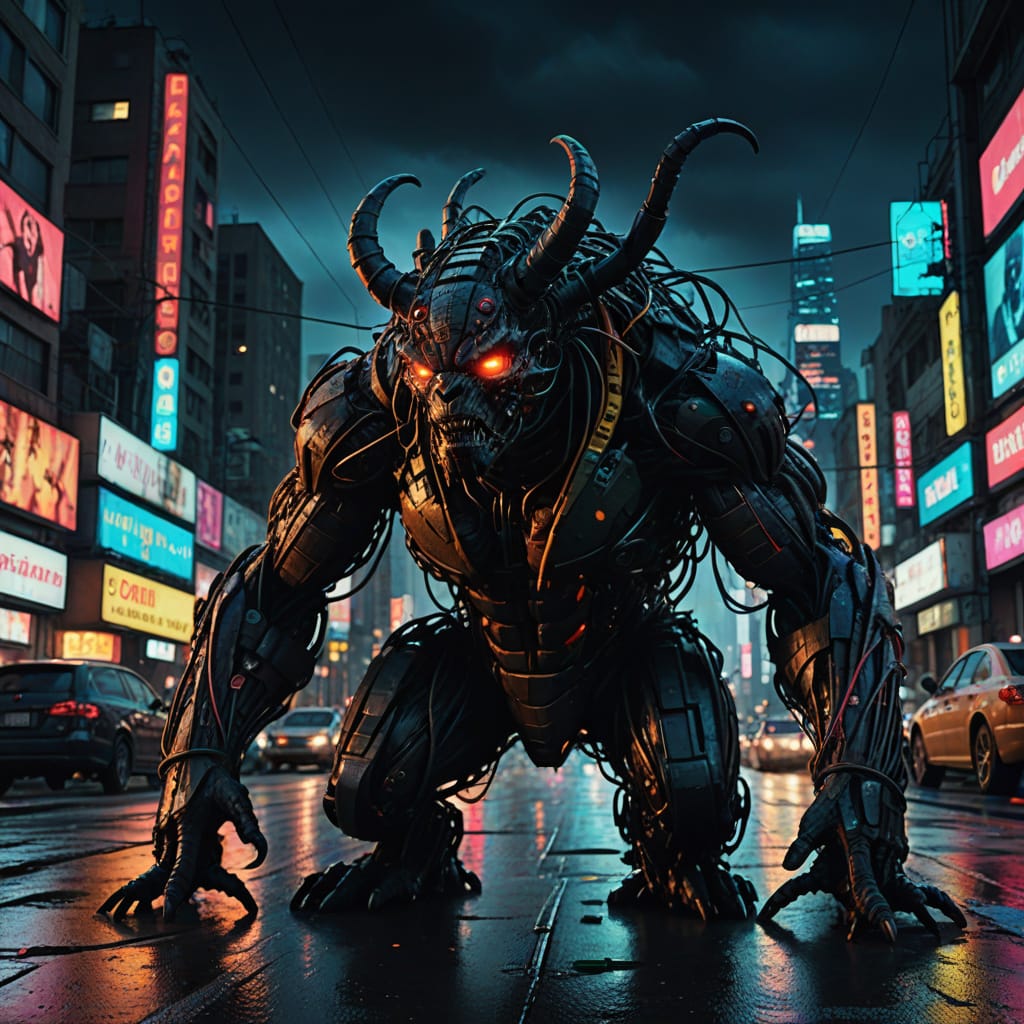Warning: This article may contain traces of truth. Consume at your own risk!
In what industry analysts are calling “the most predictable corporate metamorphosis since Facebook renamed itself Meta to avoid accountability,” Netflix has completed its transformation from plucky streaming underdog to the very cable conglomerate it vowed to destroy—now with 43% more algorithmic guilt-tripping about password sharing and 100% more ads than anyone wanted.
The company that once smugly tweeted “Love is sharing a password” now spends more on tracking who’s watching Stranger Things at their ex’s apartment than it does on producing shows people actually finish. This evolution positions Netflix as either the greatest cautionary tale in tech history or the most successful long-con in Silicon Valley, depending on whether you’re holding stock options or a canceled subscription.
The Original Sin: From Mail-Order Messiah to Streaming Satan
Let’s rewind to Netflix’s 2007 pivot from mailing DVDs to streaming. Back then, CEO Reed Hastings positioned the company as the anti-cable: no ads, no contracts, no 300-channel bloat. The pitch was simple: “Watch what you want, when you want, without subsidizing ESPN for your weird uncle who still thinks ‘Bam! Pow!’ counts as sports commentary.”
Fast forward to 2025, and Netflix’s offering now includes:
| Feature | 2007 Promise | 2025 Reality |
|---|---|---|
| Ad-Free Experience | “Never interrupt your binge” | “Basic Ad-Lite™ plan only $6.99 (with ads)” |
| Password Sharing | Encouraged as “love” | FBI Most Wanted List entry |
| Content Library | “Endless choices” | 4 Too Hot to Handle spinoffs |
| Price | $7.99/month | $22.99/month (4K Guilt Trip Package) |
The turning point came in 2022 when Netflix—having exhausted its supply of childhood nostalgia reboots—introduced ads, claiming it was “empowering consumers with choice.” This was akin to a vegan restaurant unveiling a “Flexitarian Baconator Option” while quietly removing all actual vegetables from the menu.
Password Policing: Digital Hospitality Dies at the Altar of Shareholder Value
In 2023, Netflix deployed its now-infamous “Are you still watching?” protocol—not for viewers, but for account holders. The company began requiring monthly blood oaths (or GPS verification) that users weren’t sharing passwords beyond their “household,” a term Netflix defined with the precision of a medieval land surveyor.
“Your college kid using your account from their dorm? That’s a $7.99 ‘College Compassion Fee,’” explained Netflix’s Chief Revenue Officer during an earnings call. “Your ex still mooching your profile to watch The Crown? We’ve partnered with Tinder to automatically charge their new matches.”
This crackdown directly contradicted Netflix’s 2017 social media post that declared “Love is sharing a password.” When pressed on this reversal, a spokesperson clarified: “That was old love. New love requires two-factor authentication and a notarized affidavit.”
The Content Quagmire: From Golden Age to Algorithmic Sludge
As competitors like Disney+ and Max hoarded their IP like dragons with a Netflix password, the streaming pioneer’s content strategy devolved into:
- The “Remember This?” Department: 17 Gilmore Girls revival attempts
- The “We Have Black Mirror at Home” Unit: Love is Blind: AI Edition
- The “Corporate Synergy” Hole: Stranger Things: The Musical Experience (Sponsored by Eggo)
The result? A content library where finding something to watch feels less like curated entertainment and more like being trapped in the DVD bargain bin at a failing Walmart. Meanwhile, Netflix’s “Top 10” list has become dominated by shows its own algorithm recommends to people while they’re too fatigued to click “Exit.”
The New Cable: Same Bull, Different Streaming Service
Today’s Netflix experience is eerily reminiscent of the cable packages it once ridiculed:
- Ads: Once unthinkable, now unavoidable unless you pay a “Convenience Tax”
- Bundling: “Netflix+ Games+ A Random Yoga App You’ll Never Use”
- Price Creep: Up 189% since 2019, outpacing inflation and common sense
- Content Rot: 72% original programming, 95% of which makes you miss network TV commercials
The final insult? Netflix now produces so much content that it’s relaunching its DVD-by-mail service as “Netflix Retro”—a physical media nostalgia play that comes full circle to its roots, albeit at $14.99 per disc plus shipping.
The Cycle of Disruption: From Rebel to Regent
This transformation reveals tech’s unspoken rule: Every “disruptor” becomes exactly what they sought to destroy, just with better UX and worse morals. The pattern is predictable:
- Phase 1: “We’re different! We care about users!”
- Phase 2: “We’re raising prices to improve service (for shareholders)”
- Phase 3: “Your loyalty is now a exploitable revenue stream”
- Phase 4: “Please ignore that we’ve become Comcast with a TikTok account”
Netflix now spends more on lobbying against broadband caps than it does on licensing decent movies—a poetic twist for a company that once claimed it would democratize entertainment.
Conclusion: The Streaming Purgatory We Built Together
As Netflix joins the pantheon of former rebels turned overlords (see: Google, Amazon, that friend who became a crypto bro), consumers are left with a chilling realization: There’s no ethical consumption under surveillance capitalism. The same platform that liberated us from cable’s shackles now sells us branded handcuffs with “Only on Netflix” engraved on the cuffs.
In the end, Netflix’s greatest plot twist wasn’t in Stranger Things—it was convincing an entire generation that replacing one corporate master with a slightly hipper one counted as revolution. The credits may never roll on this dystopian sequel, but at least we can still pirate… err, responsibly license content elsewhere.
Support TechOnion’s “Digital Exorcism Initiative”
If this autopsy of Netflix’s soul made you laugh-cry into your overpriced latte, consider donating to TechOnion’s ongoing quest to haunt Silicon Valley’s worst offenders. For just the cost of one month’s subscription to Netflix’s “Premium Guilt Trip Package,” we’ll keep shining a light on tech’s endless cycle of disruption and decay. Remember: Every dollar you give is a vote against having to watch Another Life Season 3.






GIPHY App Key not set. Please check settings
One Comment